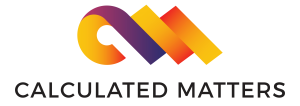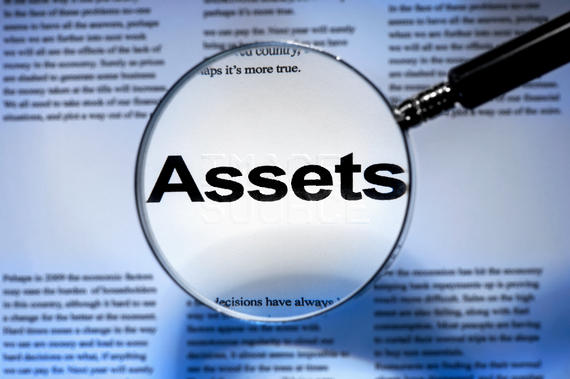Assets
This is what your company owns. Assets include the resources and capital that you have acquired through transactions and that have future economic value. For example, if you own a massage business examples of an asset would be the massage table you use. This table helps you provide the product/service you sell, and can be sold in the future for cash.
- Examples of assets:
- Cash at Bank
- Temporary Investments
- Accounts Receivable
- Inventory
- Supplies
- Land
- Buildings
- Equipment
- Assets also include costs that have been paid in advance and have not yet expired. For example, prepaid advertising, prepaid insurance, or prepaid rent. You have essentially purchased these services to help you run your business, and they have a certain monetary value. So they are considered assets.
- Assets are split into a number of different categories in a balance sheet to make it easier to understand where your money is found. These categories are:
- Current Assets – Includes cash and other resources which you expect to use up within a year of the balance sheet’s date.
- Investments – Includes long term assets such as long term investments in bonds and stocks.
- Property, Plant, and Equipment – Includes land, buildings, leasehold improvements, equipment, furniture, fixtures, delivery trucks, automobiles owned by the company.
- Intangible Assets – These are things that don’t exist physically, but still bring the business earnings. For example, copyrights, patents, trademarks, mail lists.
- Other Assets – Includes any other assets which do not fit in the previous categories




